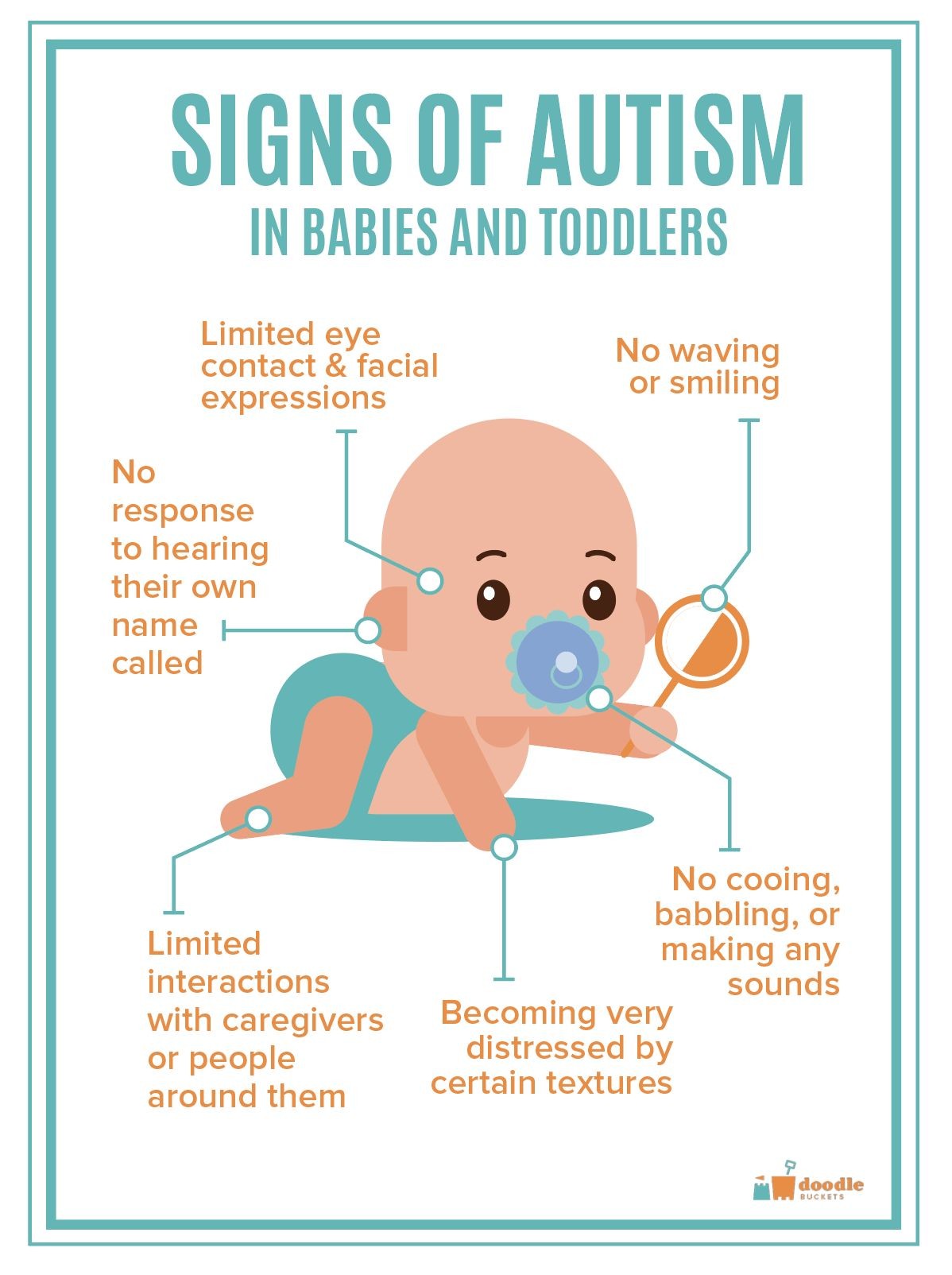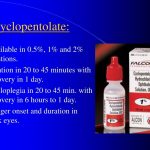
Contents
- 1 Early Signs and Symptoms of Autism
- 1.0.1 What are the early signs and symptoms of autism in infants and babies?
- 1.0.2 What are the early signs and symptoms of autism in toddlers?
- 1.0.3 What are the early signs and symptoms of autism in older children and teens?
- 1.0.4 What are other early signs and symptoms of autism in older children and teens?
- 1.0.5 Are the early signs and symptoms of autism the same for girls and boys?
- 1.0.6 What are the early signs and symptoms of autism in adults?
- 1.0.7 Is there a checklist of signs and symptoms for autism?
- 1.0.8 Subscribe to MedicineNet’s Children’s Health & Parenting Newsletter
Early Signs and Symptoms of Autism
Autism spectrum disorder (ASD) is a developmental disability that affects behavior and impairs communication and interaction with others. Symptoms can range from mild to severe. The cause is unknown.
Autism spectrum disorder refers to several conditions that used to be diagnosed separately:
- Autistic disorder
- Pervasive developmental disorder not otherwise specified (PDD-NOS)
- Asperger syndrome
What are the early signs and symptoms of autism in infants and babies?
Some children may show symptoms of autism disorder in infancy, but many do not show signs until 24 months or later. Signs and symptoms in infants or babies may include:
- Lack of eye contact
- Not responding to name or familiar voices
- No back-and-forth gestures
- Noises to get attention
- Does not initiate or respond to cuddling
- Absence of visually following objects or gestures
- Does not imitate facial expressions or movements
- Lack of interest in playing with other children
- Does not share interest or enjoyment in activities
- Seems not to notice if others experience pain or discomfort
Additionally, some developmental red flags in infants may indicate autism spectrum disorder, such as a lack of smiles or other joyful expressions by 6 months, and no back-and-forth sharing of smiles, facial expressions, or sounds by 9 months.
What are the early signs and symptoms of autism in toddlers?
Toddlers (age 12 to 36 months) may show the first signs and symptoms of autism spectrum disorder. Up to half of parents of children with autism noticed signs before their child’s first birthday, and almost 80%-90% noted symptoms by 24 months.
In addition to the symptoms in infants, some developmental red flags in toddlers by 12 months may include:
- Not responding to their name
- Lack of babbling or "baby talk"
- Absence of back-and-forth gestures
By 16 months, a red flag that a toddler may have an autism spectrum disorder is a lack of spoken words, and by 24 months, an absence of meaningful two-word phrases may be noticed.
What are the early signs and symptoms of autism in older children and teens?
For older children and teenagers, signs and symptoms of autism spectrum disorders usually involve problems with speech and language, impaired social skills, non-verbal communication difficulties, and inflexible behavior. Symptoms may range from mild to severe.
Signs of speech and language difficulties include:
- Delayed start of talking
- Communication problems
- Difficulty understanding questions or directions
- Takes things literally
- Unusual tone of voice or cadence
- Repeating words and phrases
- Repeating, rather than responding to, questions
- Incorrect language usage
- Referring to themselves in the third person
Signs of social communication problems include:
- Aloofness and detachment
- Difficulty connecting with others and making friends
- Disinterest or unawareness of surroundings
- Discomfort with touch or cuddling
- Difficulty in pretend play or creative use of toys
- Not sharing with others
- Difficulty understanding or expressing feelings
- Trouble maintaining conversations
- Excessive focus on specific topics
- Trouble following multi-step instructions
Signs of nonverbal communication difficulties include:
- Difficulty interpreting nonverbal cues
- Avoidance or inappropriate eye contact
- Mismatches between facial expressions and words
- Lack of gestures
- Abnormal posture or movements
- Hypersensitivity to sensory stimuli
Signs of inflexibility include:
- Rigid routines
- Difficulty adapting to changes
- Unusual attachments to objects
- Obsessive focus on specific topics
- Repetitive self-stimulatory behaviors such as hand flapping or rocking
What are other early signs and symptoms of autism in older children and teens?
Other signs and symptoms of autism in older children and teens include:
- Sleep problems
- Anxiety
- Depression
- Aggressive behavior
- Feeling overwhelmed
- Eating disorders
- Lack of organizational skills
- Refusing to go to school
Are the early signs and symptoms of autism the same for girls and boys?
There are differences between girls and boys with autism. Not every child shows (or does not show) certain behaviors, and certain aspects of behavior and interaction are more common in one gender.
Girls with autism
- May have at least one close friend and be sociable
- Are not demanding
- May experience auditory hallucinations
- Speak their mind
- Can hide feelings
- Show affection
- Speak on time and have few speech problems
- Speak in a high pitch
- May apologize excessively
Boys with autism
- Often have no friends and are reclusive
- Are very demanding
- Do not experience auditory hallucinations
- Do not speak their mind
- Show emotions
- Are indifferent
- Speak late and have speech impairment
- Have a monotone speech
- Rarely apologize or seem to care
What are the early signs and symptoms of autism in adults?
In adults, signs and symptoms of autism are similar to those in older children and teens:
- Difficulty understanding others and lack of empathy
- Anxiety in social situations
- Difficulty making friends or maintaining relationships
- Preference for being alone
- Unintentional rudeness or disinterest
- Problems with nonverbal communication
- Difficulty expressing feelings
- Trouble maintaining conversations
- Literal understanding of language
- Rigid routines and anxiety with changes
- Not understanding social "rules"
- Eye contact avoidance or inappropriate eye contact
- Invasion of personal space or discomfort with closeness
- Preoccupation with specific subjects or activities
- Repetitive behaviors
- Anxiety and sleep problems
- Temper control issues
- Depression
Autism may present differently in women, who may hide their feelings, appear quieter, and handle social situations more easily.
On a positive note, adults with autism may excel in certain skills, possess extensive knowledge in specific areas, or have exceptional memory.
Is there a checklist of signs and symptoms for autism?
The Autism Research Institute has developed Form E-2, used to diagnose children with Kanner’s syndrome (classical autism). The E-2 checklist is also helpful in diagnosing autism spectrum disorder (ASD).
AutisMag has an online Autism Symptoms Checklist Quiz that can assist in identifying potential signs of autism spectrum disorders.
Subscribe to MedicineNet’s Children’s Health & Parenting Newsletter
By clicking "Submit," I agree to the MedicineNet Terms and Conditions and Privacy Policy. I also agree to receive emails from MedicineNet and I understand that I may opt out of MedicineNet subscriptions at any time.
Source: Signs and Symptoms of Autism Spectrum Disorders CDC. Updated: Aug 27, 2019.
Source: Signs of autism spectrum disorder in older children and teenagers. Raising Children Network (Australia). Updated: Jun 21, 2018. 28 November 2019.
Source: Augustyn, M, MD, et al. Patient education: Autism spectrum disorder (The Basics). Updated: May 28, 2019.
Source: Augustyn, M, MD, et al. Patient education: Autism spectrum disorder (The Basics). Updated: May 28, 2019.


